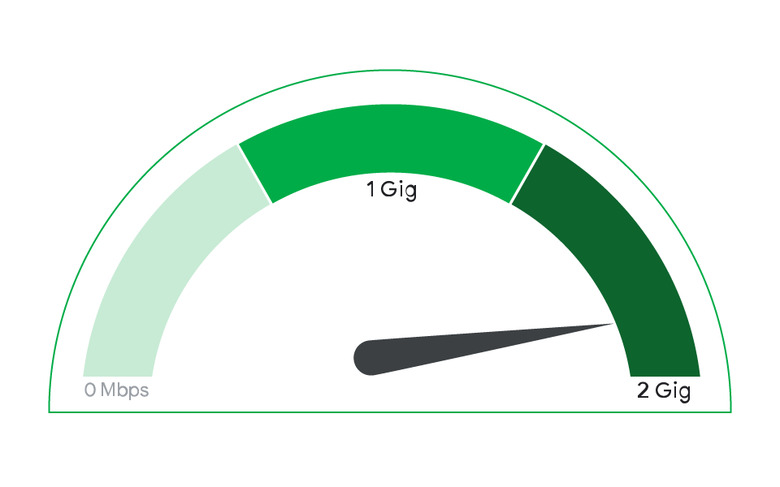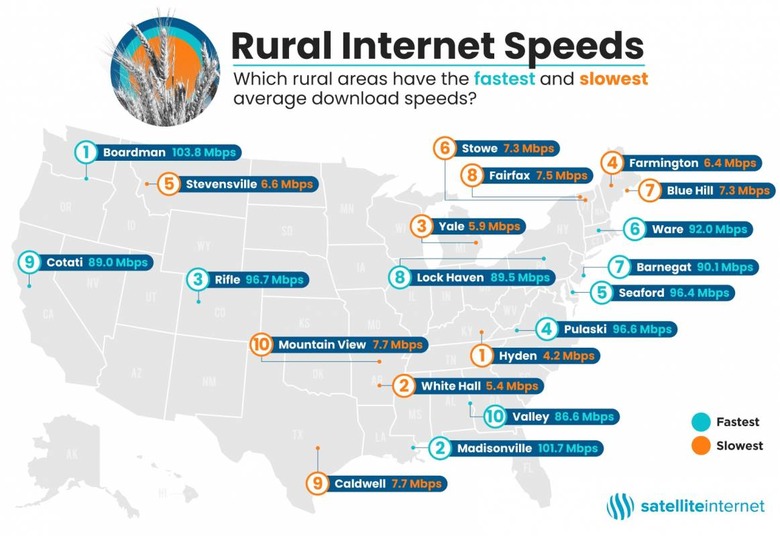Google Fiber 2 Gig Service Goes Live As US Internet Gulf Widens
Google Fiber has switched on its fastest service ever, with 2 Gig downloads promising double the speed of the ISP's already-potent connection. A work-in-progress since Google's internet provider arm announced it would be testing 2 Gig back in August, the good news is that it's not extortionately priced. The bad news, though, is that availability is very limited.
Google Fiber is already limited in where, exactly, you can sign up. Currently there are fewer than twenty cities where the service has a presence, predominantly in California – including tech-hubs San Francisco and Oakland, as you'd expect – though also locations in Florida, Colorado, Washington, and others.
Google Fiber 2 Gig, though, will be even more exclusive than that. Just two cities will offer it, Huntsville and Nashville, alongside the regular 1 Gig connection. That stays at $70 per month, while 2 Gig service will be $100 per month.

Since that's a download pace that's more than many consumer modems and routers can actually handle, the ISP will be providing 2 Gig customers with its special Google Fiber Multi-Gig Router. That has a tri-band Mesh Extender for covering more of the house, along with WiFi 6 support.
Google Fiber hasn't said when – or indeed if – it plans to spread the second speed tier across its other locations. However there's a possibility that, even without broad availability, you might be able to get in as a beta tester. The company's Trusted Tester Program is free to sign up to, with the potential to try out new features and services – like a speed boost – when the ISP needs user feedback.
Internet connection speeds have become a thorny topic this year, as the number of people working from home, studying remotely, or switching to home-schooling altogether has increased dramatically during the pandemic. In the process, it has highlighted just how much the typical ISP connection can vary in speed, depending on where you live.

A recent report from SatelliteInternet, for example, found that some rural areas in the US topped out at as little as 4.2 Mbps on average for their download speeds. Other rural locations have been much better provided for, with speeds in excess of 100 Mbps. That's still a far cry from the sort of pace those with a cutting-edge fiber connection can expect.
There's also a disparity in price, too, with that varying considerably by geography. Research by HighSpeedInternet ranked how much different states pay, on average, per megabit of internet connection. At the one extreme, some areas pay under a dollar per Mb; other states pay more than $7 per Mb, in contrast.
To bypass the expense of rolling out new fiber optic or other cabling, some operators are looking to wireless options. SpaceX's Starlink, for example, is currently in beta with its satellite internet service, installing a constellation of low-orbit satellites to beam connectivity back to the ground. Other carriers, meanwhile, are using more terrestrial options, such as LTE and 5G to fill in gaps in coverage for underserved areas.
